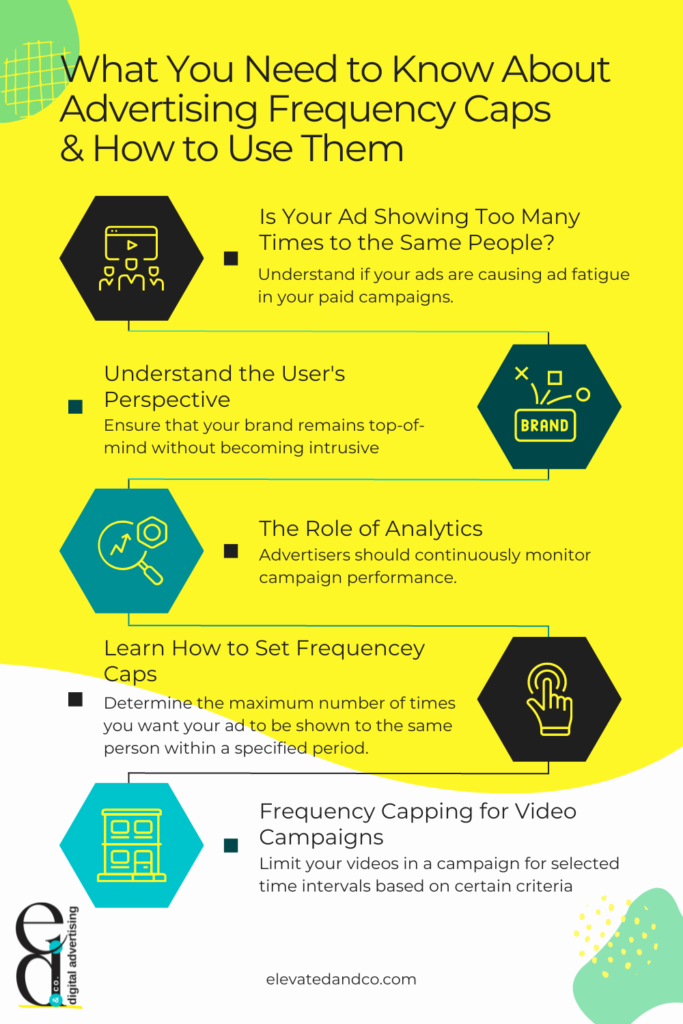Have you ever seen an ad so often that you start to ignore it? That’s the result of a lack of frequency capping. Learning about advertising frequency caps can help you better understand how to use this tool to maximize your marketing efforts and keep customers from ignoring your ads.
The Delicate Balance of Frequency Capping
While the primary goal of advertising is to ensure visibility and recall, there’s a delicate balance to strike. Too little exposure, and your ad might go unnoticed; too much, and it could become a source of annoyance for potential customers. This is where frequency capping comes into play, serving as a tool to ensure that your ads are seen just the right number of times.
What is Frequency Capping on Google Ads?
Frequency capping is a feature in Google Ads that allows you to control the number of times your ad shows impressions to the same person. You can set a frequency cap at the campaign or ad group level. It’s a useful tool to avoid overwhelming potential customers. However, excessive ad exposure can lead to advertising fatigue, making people less likely to notice or engage with your ad.
The User Experience Perspective
From a user’s standpoint, seeing the same ad repeatedly can be off-putting. It’s essential to respect the user’s online experience. By setting appropriate frequency caps, advertisers can ensure that their brand remains top-of-mind without becoming intrusive.
The Role of Analytics
It’s not just about setting a frequency cap and forgetting about it. Advertisers should continuously monitor campaign performance. Analytics can provide insights into how often users are seeing ads and their engagement levels. If engagement drops as frequency increases, it might be time to revisit your frequency capping settings.
How to Set a Frequency Cap in Google Ads
To set a frequency cap in Google Ads, go to your Display Campaign’s left-side dashboard and click “Settings.” Then, click on the “Advanced settings” link in the Settings section. Scroll down to the “Frequency management” capping section and check the box next to “set a preference.” From there, you can determine the maximum number of times you want your ad to be shown to the same person within a specified period.
Frequency Capping for Video Campaigns
In a Video campaign, frequency caps can only be set on a campaign level. By setting a frequency cap, you limit your videos in a campaign for selected time intervals based on criteria like impressions, views, or a combination of both. This only applies to in-stream and bumper ads.
In Conclusion
Frequency capping is more than just a tool; it’s a strategy. By understanding and implementing it effectively, advertisers can ensure that their campaigns are not only seen but also resonate with their target audience. As with all advertising strategies, the key is to remain adaptable, use data to inform decisions, and always prioritize the user experience.


